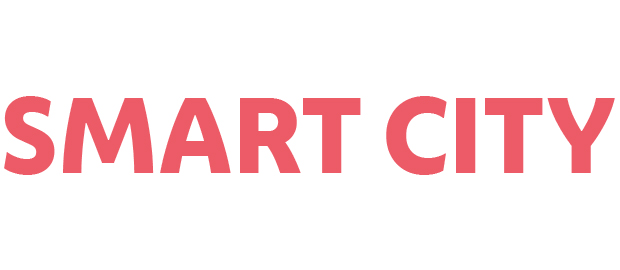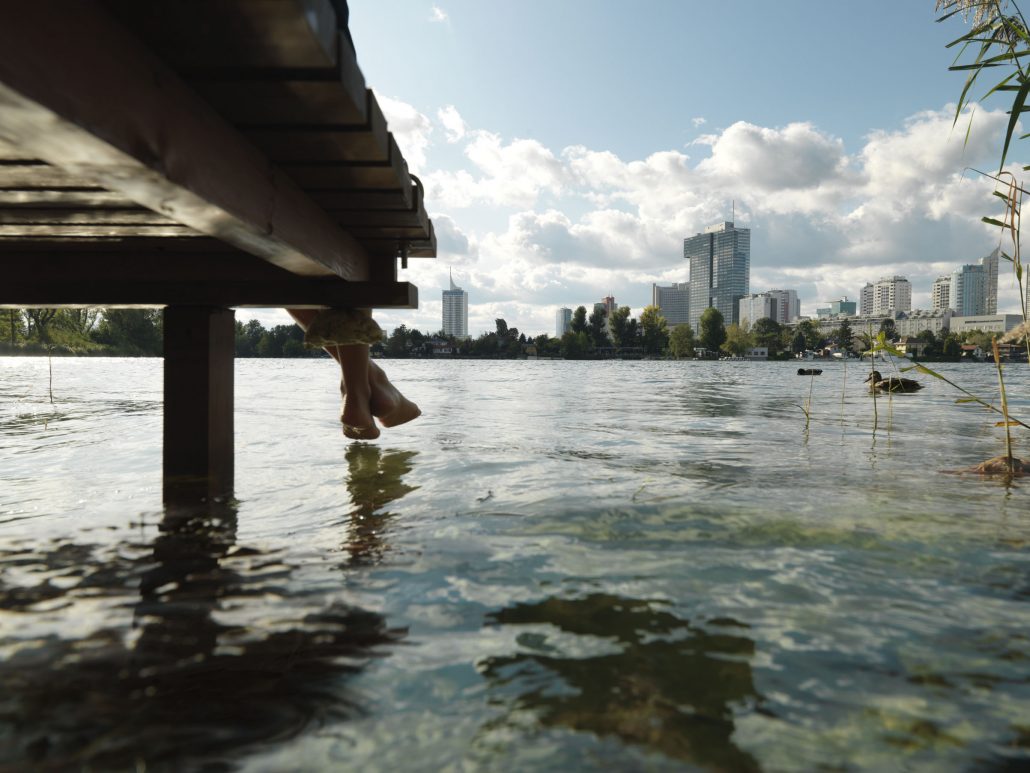The development of an integrated transnational strategy for the protection and minimization of our water resources is the basis for framework concepts for the implementation of national and regional action plans.
The prelude to this new project within the framework of the SEE (South East Europe) program took place on February 14 and 15, 2013 in Ljubljana. The lead partner is the Forestry Division (Dept. IV/4) of the Federal Ministry for Agriculture, Forestry, Environment and Water Management (BMLFUW). 17 project partners from 10 countries (7 EU, 3 non-EU) participated.
Background and goal of the project
Our water resources, most importantly potable water reserves, are under increasing pressure from changes in land use, climate and the economy in general.
The goal of this project is thus to develop an integrated transnational strategy for protecting and improving the vulnerability of our water resources. This forms the foundation for the framework concepts to implement national and regional action plans. This project thus has a significant enduring effect beyond its time frame.
Conveying the importance of carrying out these types of activities on a national and regional level was expanded to the entire southeastern European area, particularly in the EU accession candidates. The information gained in this project was provided to the relevant political offices and stakeholders through conferences, workshops and publications.
The path to the integrated transnational strategy
The existence of current and future vulnerability of potable water was studied using jointly determined methods. Indicators – with consideration of the entire southeastern European region – were defined for evaluating this sensitivity with a qualitative as well as quantitative perspective as well as to study and classify the drinking water availability with regard to climate change and socioeconomic parameters. A “transnational SEE vulnerability map” is the final product, whichshows the quality as well as the quantity of drinking water available.
Different potable water management options were studied with a focus on the different ecosystem services. The supply of pure drinking water in sufficient volume to the different climatic regions and land usage units (forestry, agriculture, wetlands) was analyzed as the primary focus. Optimal drinking water protection measures were then derived from this, supplemented by a list of recommendations for economic incentives created jointly by all of the project partners to ensure sustainable drinking water management. This list should be developed based on the experiences of water suppliers and “best practice” examples (such as protected areas of the Vienna high-quality spring water).
To develop an integrated transnational strategy, the results from the vulnerability map (with a focus on critical areas) and the possible management measures (with consideration of feasibility and cost efficiency as well as the existing national parameters, such as existing plans) were summarized.
The Austrian example
In Austria, all impacted hierarchical levels were included in implementing national action plans. Thus from the beginning, this project represented not only the BMLFUW, but also two water plants (from Vienna and Waidhofen/Ybbs) in order to ensure the greatest possible feasibility and sustainability of the project results. Two institutes from the University of Natural Resources and Life Sciences (Institute for Water Management, Hydrology and Hydraulic Engineering; Institute for Silviculture) were involved for scientific backing. The water plant in Waidhofen/Ybbs was selected as a test and pilot area, which had already been studied closely as part of the CCWaterS project. Building on these results, concrete guidelines for maintaining and improving the water protection function of forests was worked out and then evaluated. The experiences gained from this (supplemented by the experiences from the Vienna water plants) were incorporated into the forestry management guidelines for water protection and sanctuaries in close cooperation with the local water plants.
Together with the Vienna water plants, the forest section of the BMLFUW will develope a national strategy and support program on the subject of “Forest and Water” within the framework of this project. On the one hand, the forest-related part of the EU Directive (2014-2020) on the development of rural areas in Austria was integrated and on the other hand, it was used as central input for the discussion process with regard to a transnational strategy.
Contact
Elisabeth Schmeer
PRISMA solutions EDV-Dienstleistungen GmbH
E-Mail: elisabeth.schmeer@prisma-solutions.at
Website: www.ccware.eu
This post is also available in: German




